Fruits Concentrate and puree

What is concentrate?
Fruit concentrate means natural fruit juice that has been thickened. Concentration’s main characteristics are clarity, lack of impurities, and higher density compared to fruit juice. The nutrients in fruit concentrate include amino acids, vitamins, minerals, phosphorus, and calcium. Nowadays, many juice industries produce their juices from fruit concentrate.By concentrating fruit and fruit juice, removing the water content, and retaining the effective substances of the fruit, the weight and volume are significantly reduced, making it about 3 to 7 times thicker. This makes transportation easier and reduces.
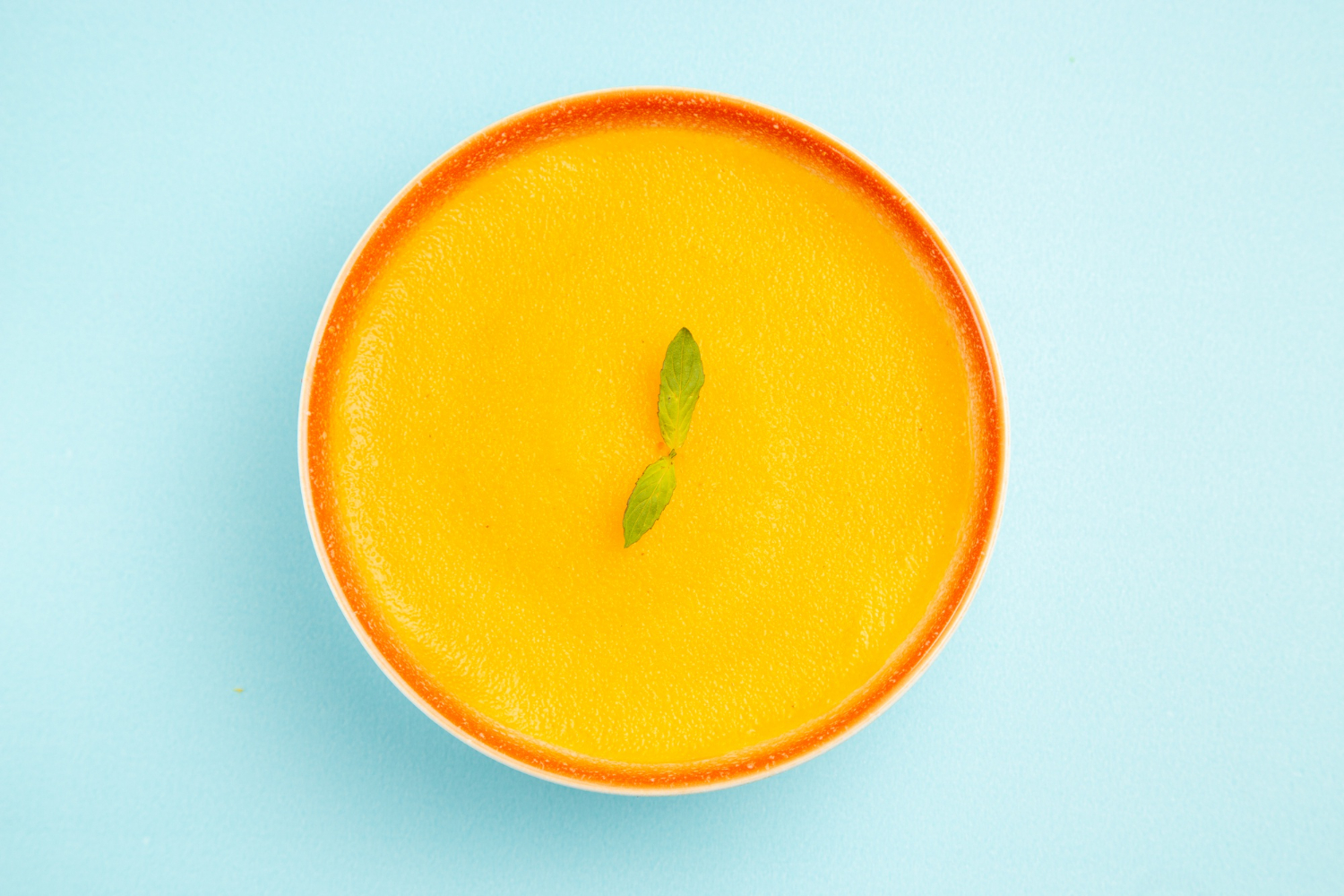
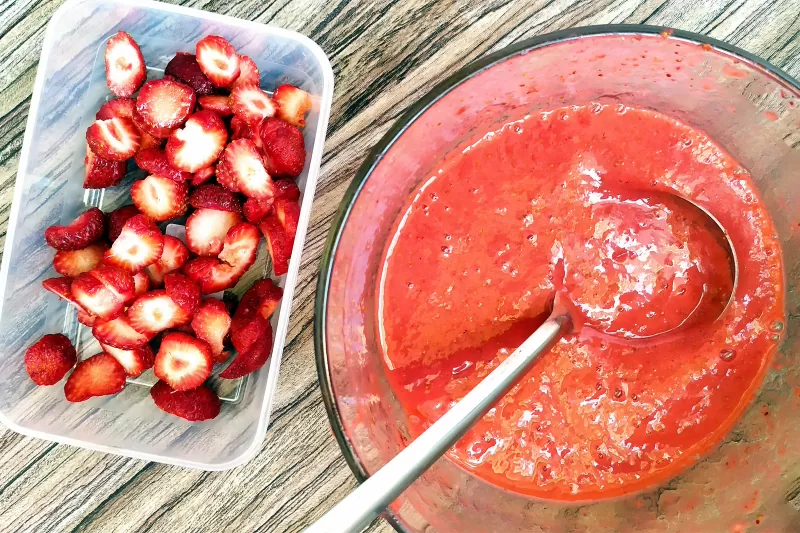


What is puree?
Puréed fruit is a food product used in the production of non-clear fruit juice, which is thicker than other types of juice. Natural fruit purée is rich in vitamins and minerals and comes in various colors and flavors. Examples of fruit purées include apple, apricot, peach, pear, strawberry, and red plum, as well as other sweet, sour, and tangy fruits that are high in fiber and vitamins A, B, C, and more. Additionally, various seasonings can be used to flavor purées, such as milk, sugar, cream, or butter. Fruit purée contains vitamins, fiber, antioxidants, and other nutrients that are very beneficial for health. This type of snack is recommended as a healthy option for both children and adults, suitable for school, university, or work. Fruit purée is high in fiber, which helps improve digestion and prevent obesity and some cardiovascular diseases. Additionally, its various vitamins, such as C, A, and K, contribute to skin and eye health. Regular consumption of fruit purée reduces the risk of certain cardiovascular diseases, type 2 diabetes, and cancer.
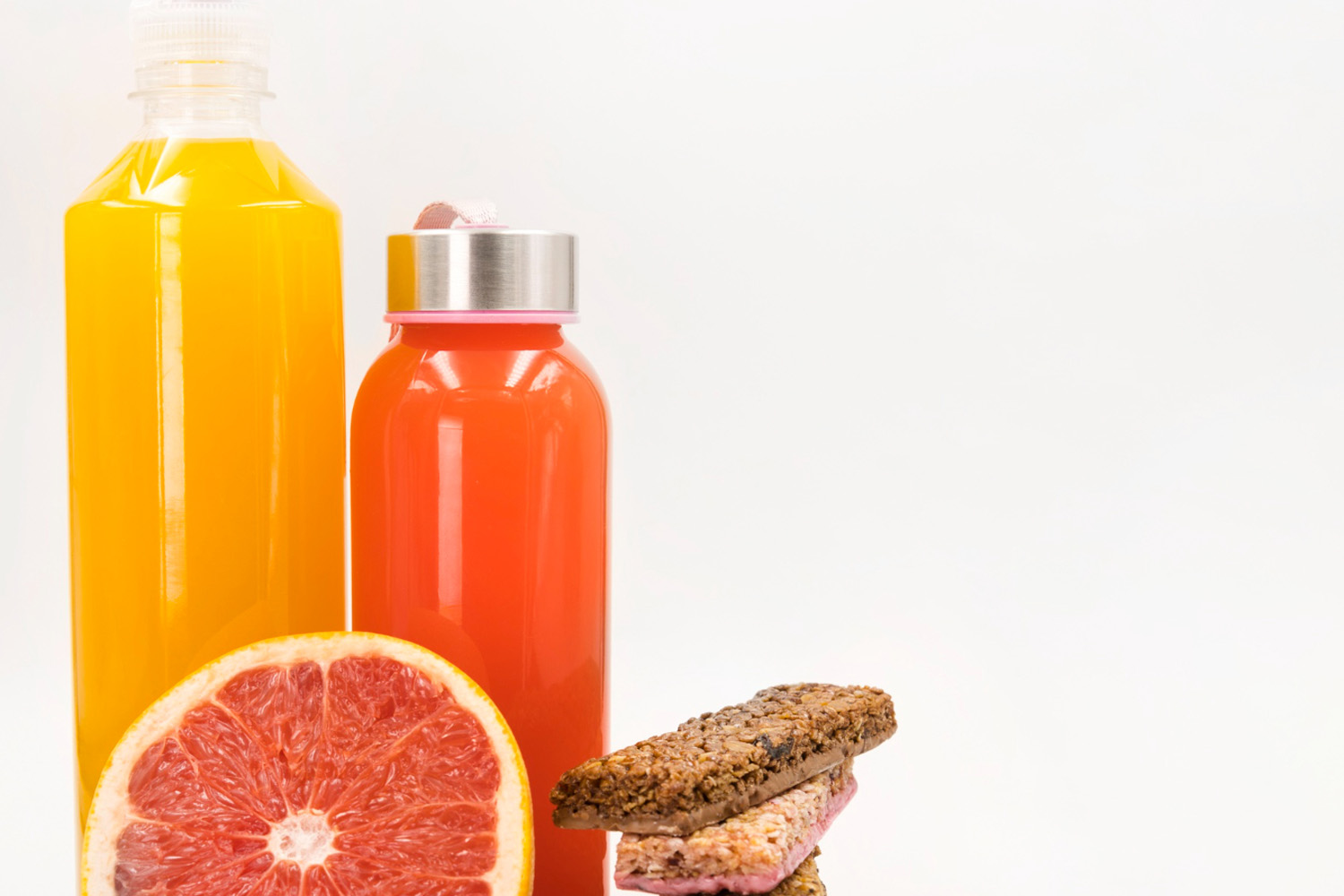


Differences between concentrate And purée
Steps for Producing Fruit Concentrate and puree
Steps for Producing Fruit Concentrate:
Several steps are involved in producing fruit concentrate. First, select the fruits you want to use for concentrate. The fruits used for concentrate production must be fresh and of good quality. Then, they are carefully washed and dried. Next, the fruits must be chopped, which turns their structure into a pulpy state, allowing some of the juice to be extracted. This can be done with a knife or chopping machine. After chopping the fruits, the juice must be extracted to thicken them. Water extraction machines ensure the juice is almost completely removed and minimize waste, separating the juice through filtration and other methods. Finally, the resulting materials need to be dried. This can be done directly by sunlight or other machine drying methods. In the end, the concentrate is properly packaged and marketed.
Steps for Producing Fruit Purée:
Fruit purée is a food product made by finely slicing fruits. This process involves using the fruit’s peel and pit. Fruit purée lasts longer than fresh fruit, but not as long as concentrate. To maximize the shelf life of fruit purée, store it in the refrigerator or in cool, dry places. Fruit purée can be made from both fresh and frozen fruits. First, the fruits are carefully washed and dried with a clean cloth. Then, the peel and pit are removed, and the fruits are chopped into small pieces, which turns them into a purée-like consistency. This purée can be used as a healthy and tasty snack.
which fruits?

Almost all fruits can be made into concentrate and purée. Some of the fruits are listed below.
apple
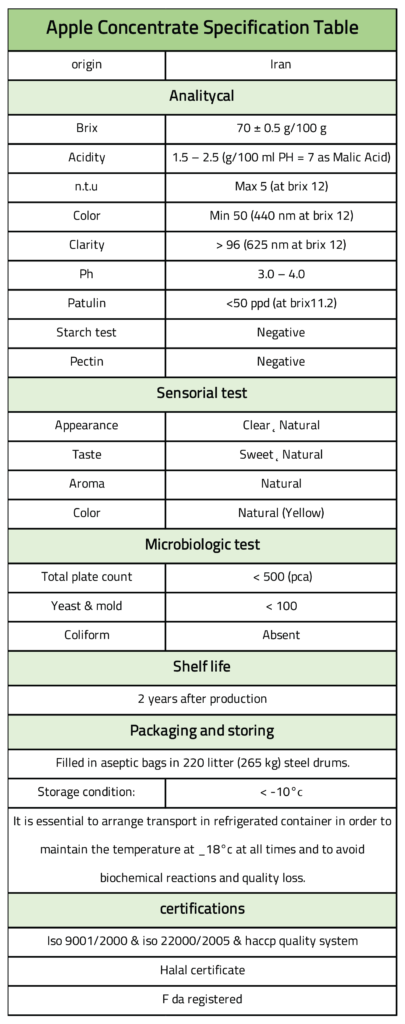
Baeberry
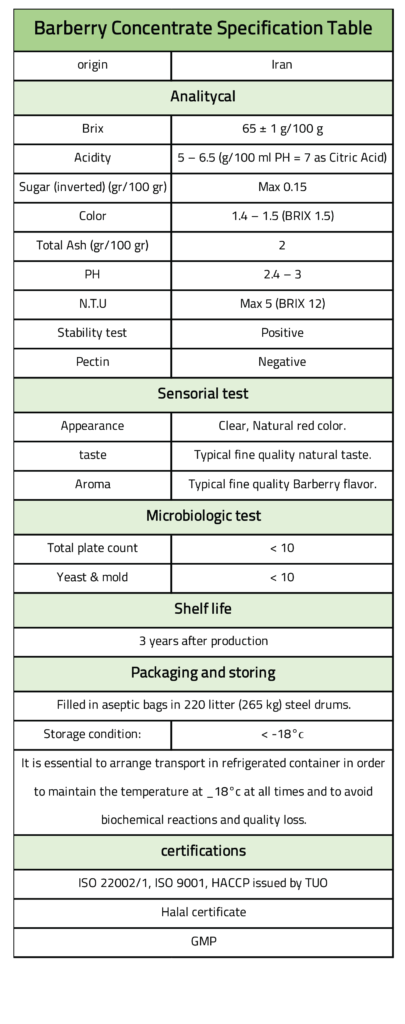
Orange

Red Grape

Red Grapefruit

Sour Cherry

Packaging
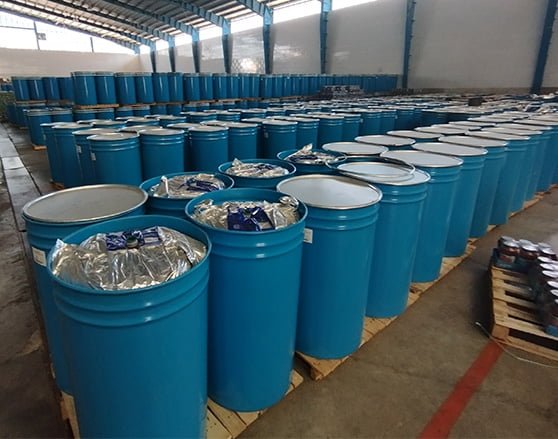

Aseptic Fruit Concentrate Packaging
Aseptic packaging is a method where the desired product is sterilized before packaging and then filled in a vacuum state. The first use of aseptic packaging was for producing milk and other dairy products. Today, this method is popular among manufacturing companies for producing pomegranate concentrate and other fruit juices, fruit concentrates, purées, etc. Note that storing aseptic fruit concentrate requires specific conditions and regulations. For example, the storage duration of aseptic apple concentrate is about one to three years, depending on its Brix percentage. If the Brix percentage is less than 68%, the apple concentrate can be stored for about three years at -18 degrees Celsius.Types of Fruit Concentrate Packaging
In this section, you can see the different types of fruit concentrate packaging: . Concentrate in 25-ton mobile tanks . Fruit concentrate in 1000-liter bunkers . In 265-kilogram non-aseptic metal barrels . In 265-kilogram aseptic metal barrels . In 265-kilogram non-aseptic plastic barrels . Concentrate in 25-kilogram food-grade non-aseptic jerry cans . In 25-kilogram bags inside 5-layer cartons . Any method preferred by the consumerAdvantages of Aseptic Fruit Concentrate Packaging
In addition to aseptic packaging, storing concentrate in metal barrels is also common among producers. Paying attention to the weight of the barrels and the storage grade of their contents is crucial for having high-quality concentrates. The advantages of storing in aseptic packaging include: . Long-term storage . Reasonable price . Higher quality concentrate . Ease of use . Easy transportation . Easier storage conditionsContact Us

Copyright 2022 by DOENIX. All Rights Reserved
